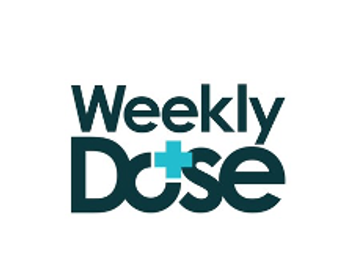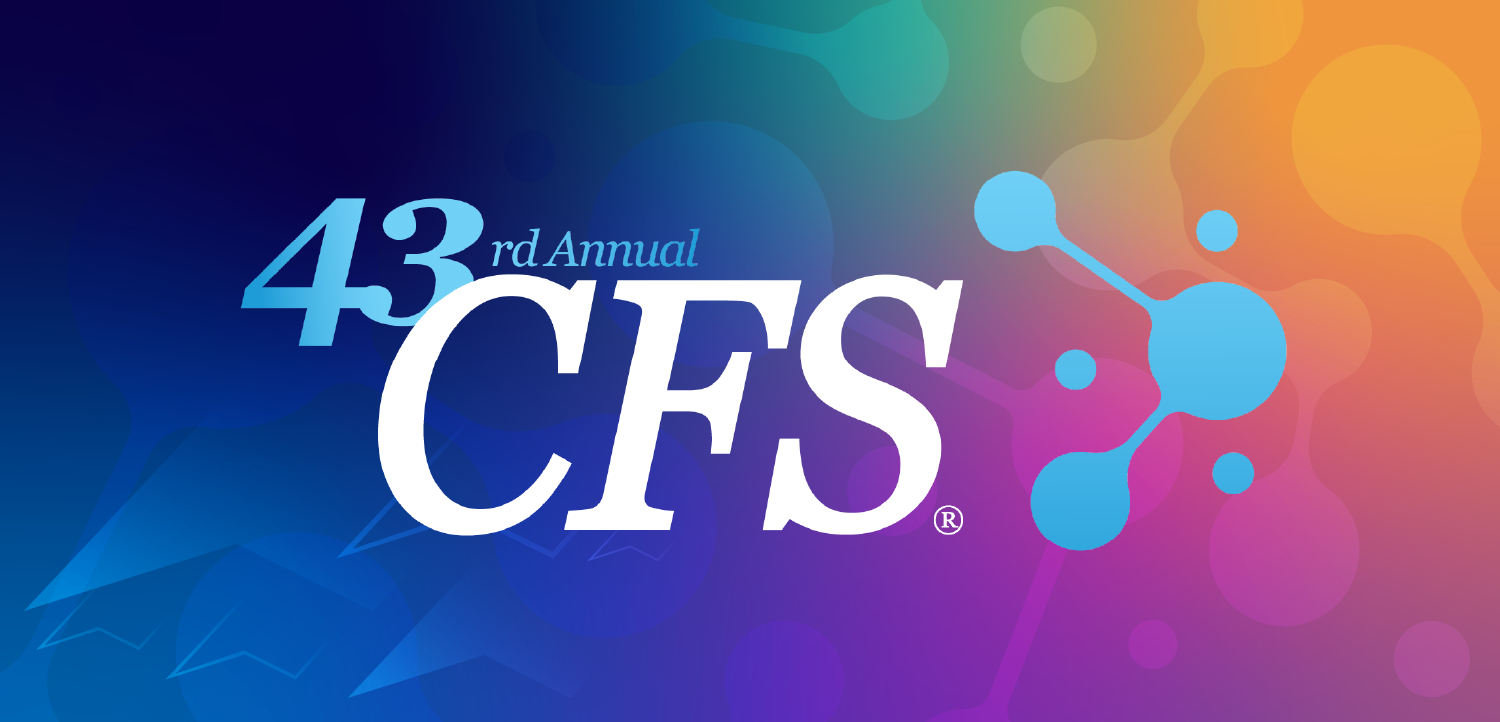
When the Diagnosis is Topical Steroid Withdrawal Syndrome, a Compassionate, Collaborative History is Essential

RAD 2025: Brad Glick, DO, MPH, discusses the intensity of TSW symptoms and cautions against assuming there is mental health disturbance at work.
At
TSW is often associated with improper use of topical steroids, for example, continued long-term use despite poor results or nonadherence with clinical guidance to use interval dosing or to rotate topical steroids with nonsteroidal medications. The cause, Glick emphasized in an interview at RAD with Patient Care,© is going to inform the next steps in disease management and so a thorough, detailed history from the patient as well as family members who may be involved with a treatment regimen is essential. The collaborative approach that fully involves the patient/family in understanding the etiology of TSW syndrome is essential.
Glick also cautioned against veering into mental health territory. He reminded attendees about the "old days, when some of our colleagues thought patients with [prurigo nodularis] were suffering from major mental health issues" related to the relentless scratching. He added that psychological disturbance often accompanies skin disorders, however, "I think we need to take a step back, recognize that this is a real condition, understand [the patient's] fear, not belittle the circumstance that may the result of overusing their topical corticosteroids and a sudden stop, which is a very important and critical mistake because the treatment of that condition is to slowly wean off the topical corticosteroids and go in another direction."
In the video above, Glick talks more about the need to partner with patients and caregivers to provide compassionate care when the condition is TSW syndrome.
Brad Glick, DO, MPH, is a practicing dermatologist at the Glick Skin Institute, in Wellington, FL, director, dermatology residency at Larkin Health System Palm Springs Campus, and clinical assistant professor of dermatology at FIU Herbert Wertheim College of Medicine, in Miami, FL.
For more RAD 2025 meeting coverage, please click here.
Newsletter
Enhance your clinical practice with the Patient Care newsletter, offering the latest evidence-based guidelines, diagnostic insights, and treatment strategies for primary care physicians.




























































































































































































































































































